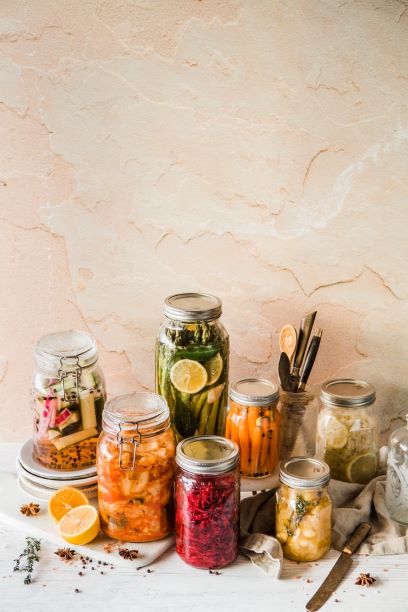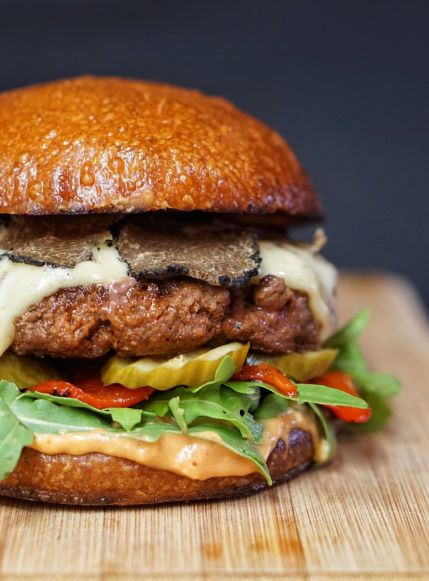“Pickles” appear as a way to consume surplus foods or seasonal vegetables and fruits at any time of the year. And also it is the oldest and most useful food storage method in human history. There are many rumors about the historical origin of pickles. It is thought its origin dates back to 7000 BC. Although there is no definitive proof, it is very likely that people were using pickling techniques at that time. In addition, the majority consider that the starting point of the pickle-making culture on the stage of history is in Asia. Rich food sources and abundance of fruit and vegetable population are the clearest reasons for this.
What is the ingredients of pickle-making?
After all, the ingredients for the “Pickling” process are nothing more than salt, vinegar, or lemon. The choice of what pickle will be is entirely up to people’s taste. While we are talking about the materials, let’s not go without talking about the technique of pickling. Pickle is the process of keeping fruits and vegetables in salty and acidic water called brine, which can be preserved for a long time. The logic here is very superficial and basic. It is to keep the food in a dense acidic and salty liquid, in which bacteria cannot live. And to keep them away from the harmful effects of oxygen thanks to the liquid it contains.

Humankind and Pickling From the Past
While it is possible to reach every fruit and vegetable in every season for people living in big metropolises, the same opportunity is not available in more rural areas and in the countryside. For this reason, pickling culture is an intensely practicing food production in rural areas. In order to eat the foods that they can only grow in winter, in the summer; many foods are pickled in order to be able to eat foods that they can only grow in summer and also in winter. At this point, the establishment of pickling of basic food products is much more common and essential. And basic foodstuffs such as tomatoes, onions, garlic, cucumbers, peppers, and cabbage are in high demand.
As another point, the origin of cucumber, the most consumed and pickled food today, is of India. In the historical arena, the cucumber species, which first traveled from India to Mesopotamia, spread from Mesopotamia to the whole world. Also, while ship transportation, which was the main source of international trade in the mentioned period, circulated the pickles from land to land; pickles have become an indispensable food source for sailors who do not set foot on land for days. “Amerigo Vespucci”, a historical character that we all know, is also a merchant shipping pickles to ships in Spain. Likewise, world-famous commanders, Napoleon and Caesar believed that pickles gave courage to the soldiers. Pickle culture that the leading people of the western world loved and encouraged at that time, cannot find demand in western countries today.

To the Present
Today, the culture of pickling has a much wider variety of materials than in the past. There is no limitation to tomatoes, onions, garlic, cucumbers, peppers, cabbage as in the past; almost every food can become a pickle. If we give an example of a few interesting pickles: pickled eggs, pickled bananas, pickled tangerines, pickled apples, pickled watermelon, pickled fish are the pickles that will come at the top of this list.
No matter how interesting and challenging the limits of the brain are pickle ingredients, each is a healthy food source. If you have not tasted pickles before, trying pickled hot peppers with your soup, pickled cucumbers with your meat, or sauerkraut with your fish will give you enlightenment in your taste.


